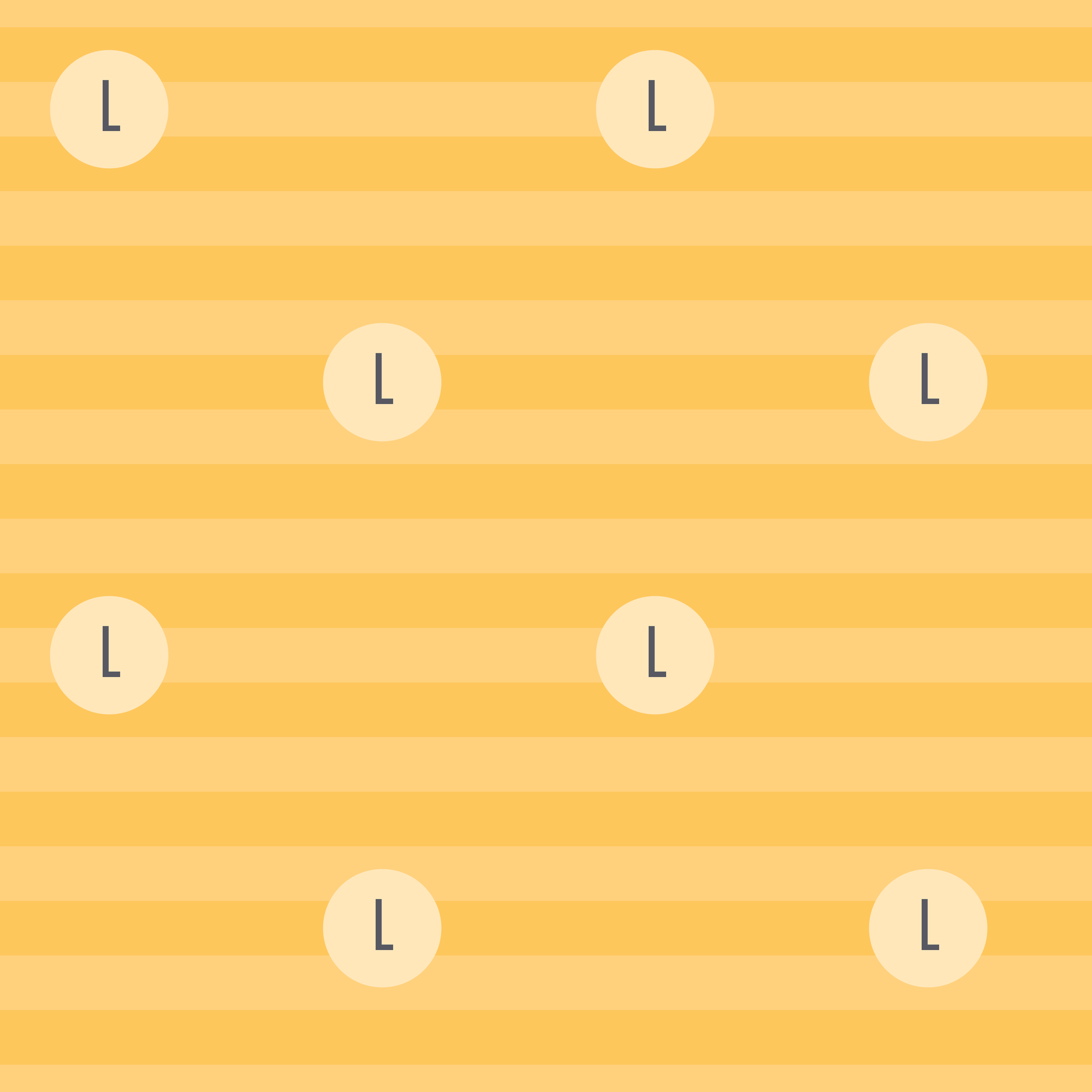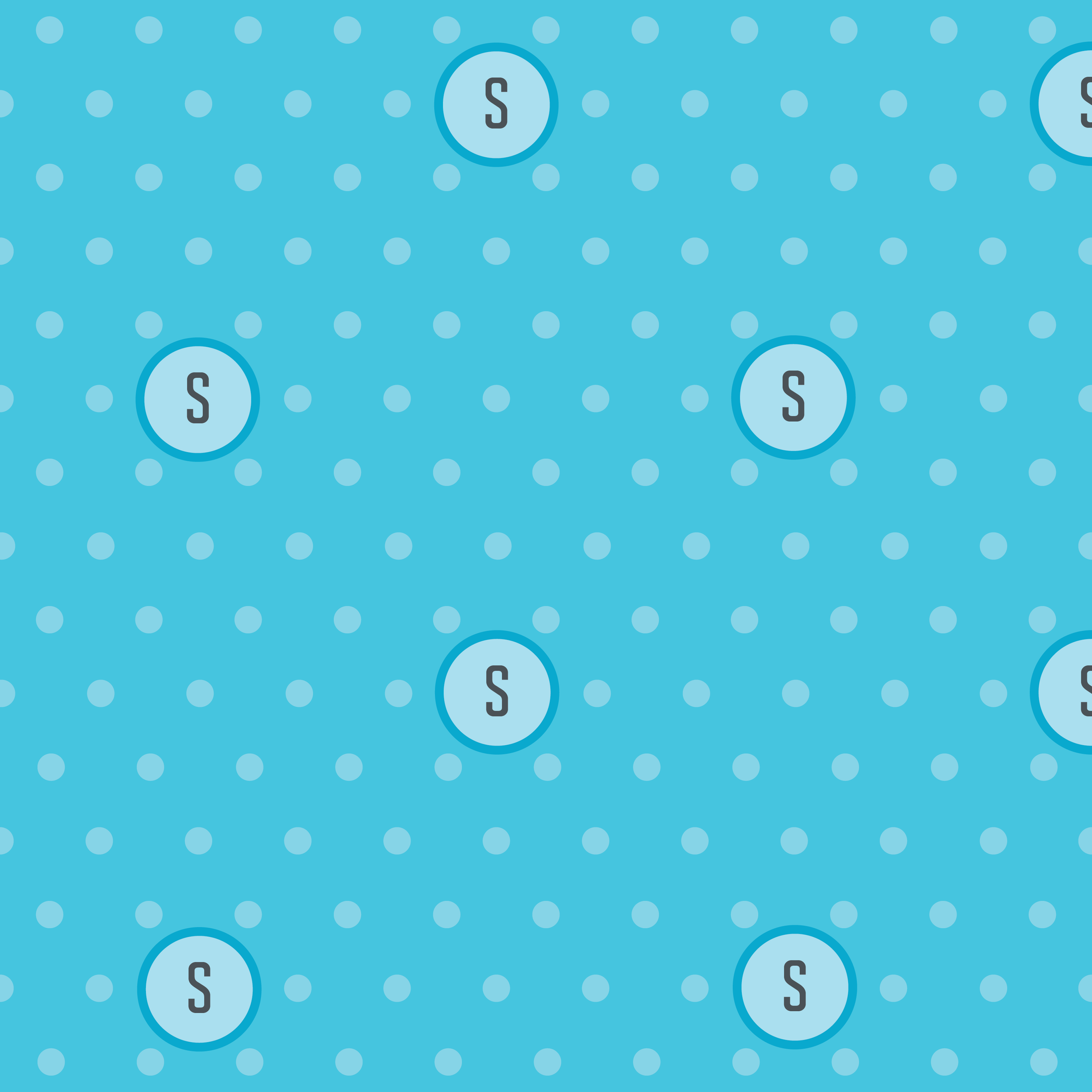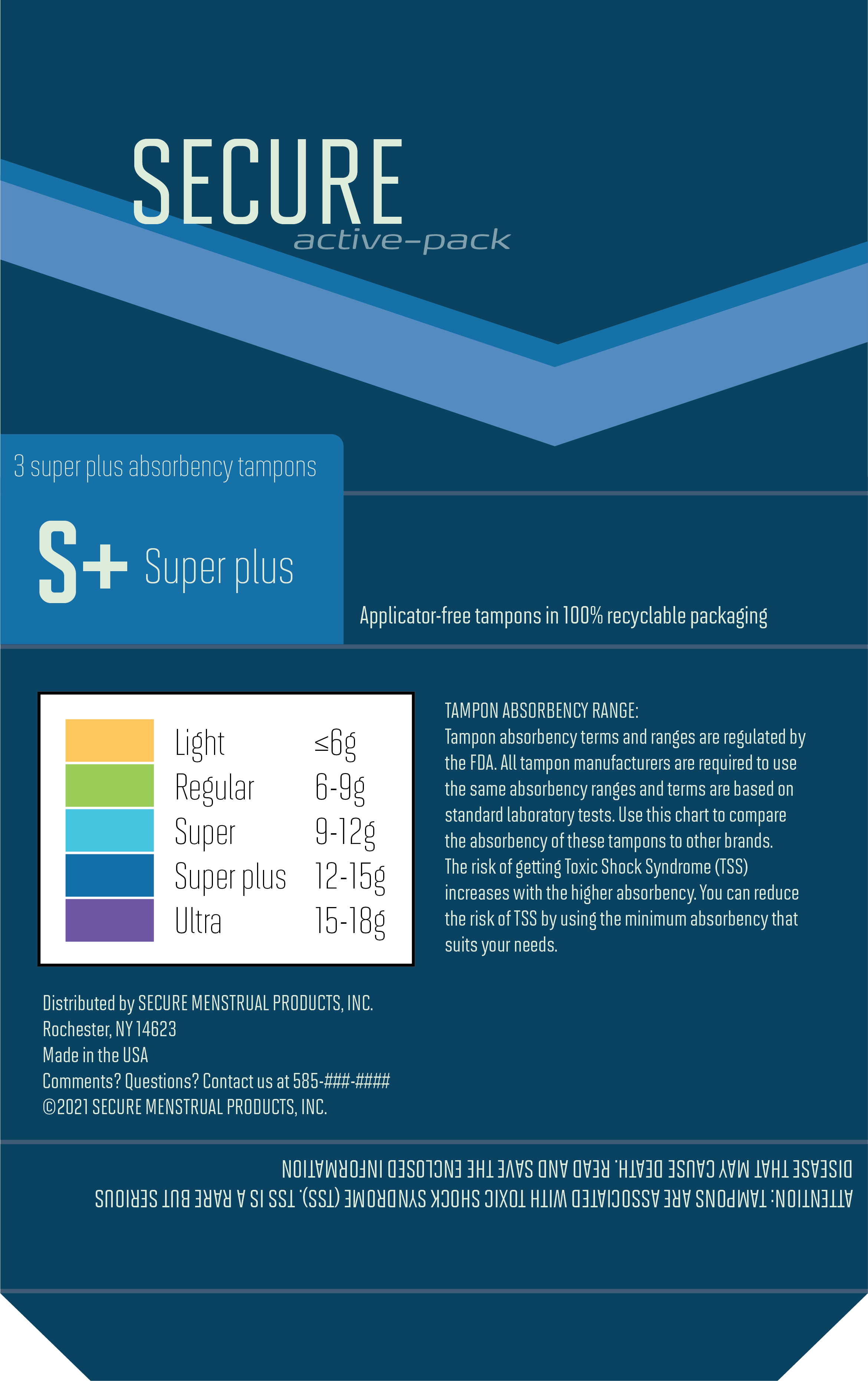
A gender neutral, environmentally-friendly way to carry tampons in a purse or pocket. The recyclable box protects the wrappers from being removed by the friction of daily movement.
How are tampon absorbencies represented visually? The FDA regulates testing and labeling of tampon absorbency, but different brands have different color schemes, sometimes even varying between product lines.
I created this chart to help me visually analyze the color schemes of ten product lines across eight brands of commercially available tampons.
I started this project simply as a person who uses tampons. My research took me to places I did not expect. Here are a few of the things I learned:
The FDA test for tampon absorbency involves a setup that includes a condom pulled taut between two ends of a glass or hard plastic chamber and secured with rubber bands.¹
Tampon applicators were created because people were afraid that women might derive sexual pleasure from inadvertent contact with their genitals.²
Tampons and other menstrual products often contain a lot of plastic. This plastic ends up in landfills (when properly disposed of) or on beaches (when flushed for purposes of discreetness).³
The original disposable tampon applicator was made of cardboard. Advances in plastics technology eventually resulted in the prevalence of single-use plastic applicators.⁴
The wrapper and the applicator are both plastic. There is often plastic in the tampon itself. All of it gets thrown away after a single use.
Some plastic applicators are extendable, which reduces the length of the packaged tampon by about half. These smaller tampons are more compact and easier to fit in a pocket or purse than other tampons that come with applicators.
Cardboard applicators avoid the problem of single-use plastic, but do not work in this compact form.
Common in Europe, digital tampons are inserted without the use of an applicator.⁴ They are typically wrapped in plastic, but paper-wrapped alternatives are available.⁵
Digital tampons with paper wrappers present a way to completely eliminate plastic from tampons and their packaging.
The box design is small and sturdy— perfect for a pocket or handbag.
Its rigid design protects the tampons inside, allowing for a paper wrapper that might otherwise come off when placed loose in a backpack or purse.
Every part of this package can be recycled.









The box sleeves and wrappers for individual tampons utilize the absorbency color scheme for quick identification.





Sources:
1. Code of Federal Regulations. Title 21, Volume 8. 21CFR801.430. https://www.accessdata.fda.gov/scripts/cdrh/cfdocs/cfcfr/cfrsearch.cfm?fr=801.430
2. Horwitz, Rainey, "Menstrual Tampon". Embryo Project Encyclopedia (2020-05-25). ISSN: 1940-5030 http://embryo.asu.edu/handle/10776/13151.
3. Raman-Wilms, Menaka. “Why Some Environmentalists Are Pushing for an End to Plastic Tampon Applicators”. CBCnews, November 8, 2020. https://www.cbc.ca/news/science/why-some-environmentalists-are-pushing-for-an-end-to-plastic-tampon-applicators-1.5788186.
4. Borunda, Alejandra. “How Tampons and Pads Became so Unsustainable.” National Geographic, September 6, 2019. https://www.nationalgeographic.com/environment/article/how-tampons-pads-became-unsustainable-story-of-plastic.
5. The Grace & Green Team. “Non-Applicator Tampons Wrapped in Recycled Compostable Paper.” Grace & Green, July 18, 2020. https://graceandgreen.co/green-is-the-new-black/weve-cut-the-plastic-wrap-non-applicator-tampons-wrapped-in-recycled-compostable-paper/.




